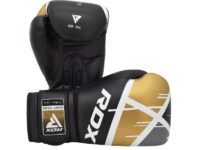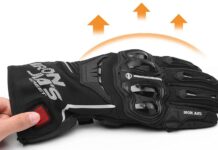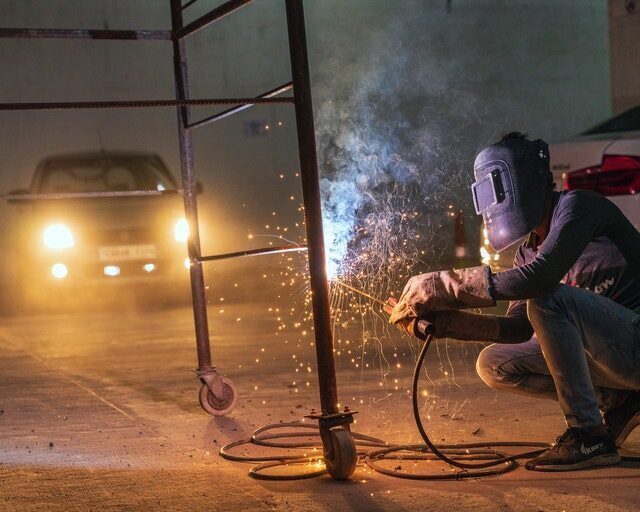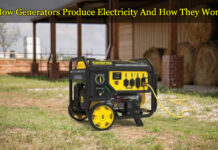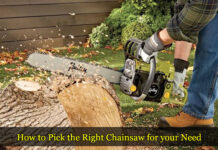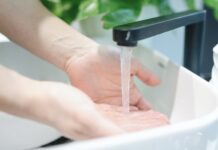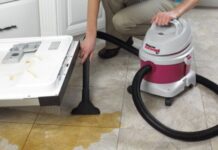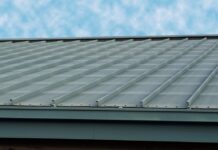Weld cleaning is essential to increase the corrosion resistance of welded surfaces. Material surfaces with impurities or dirt can lead to issues, such as porosity. Surface cleaning also impacts the appearance of the final weld.
Some welding jobs can be cleaned with a chemical solvent and cloth, while some need an abrasive product like a weld cleaning brush. You can find varieties of weld cleaning tools, each with its distinct benefits. Hence, we have shared tips on how to check their quality before buying. You can consider the below 5 things before buying a weld cleaning brush.

Top 5 Things to consider before buying weld cleaning brush:
1. Tool Power
When you are using electric or air-powered tools for weld cleaning, too little power will hamper the results and productivity. The tool must rotate faster. The faster it rotates, the more wire tips will come in contact with the welded surface. The result is you will finish the cleaning job faster and better.
You need to look for a welding cleaning tool with a higher amperage to maintain a good rpm rating. Air cleaning tools have an air-rated speed that can be adjusted as per cleaning requirements. In the case of an electric-powered tool, you need to gauge the extension cord’s length to meet the load requirements adequately.
See also: 5 Tools For Electronic Repair For Beginners
2. Brush Type
The welding professional has to match the weld cleaning brush and material type. You can use a stainless steel brush on aluminum or stainless steel surfaces. A carbon steel brush is recommended for materials that can cause contamination.
3. Wire Diameter
The diameter of the wires in the welding cleaning brush determines how effectively it can clean the weld slag. According to welding experts, the thicker the wire, the faster it will work to remove weld slag.
However, welders need to consider many things other than speed. Since the wire brush is a power tool, they can apply pressure to remove the weld slag. If the wires are too thick, there is a hidden risk of damaging the base metal during weld cleaning.
4. Wire Style
Things become complicated due to the style of wires used in the brush. No welding cleaning brush uses straight wires. The reason is straight wires lack the stiffness needed for cleaning. Straight wires could quickly get twisted, which would make them ineffective in the cleaning process. The cleaning brush should have either twisted or crimped wires.
Crimped Wires
Crimped wire brushes have wires in a zigzag pattern of bends along their length. This keeps the wires adequately spaced out from one another. This allows welding professionals to remove the maximum amount of weld slag with minimal effort. It also reduces the chances of missed areas of weld slag.
The crimping also increases the bristles’ stiffness, making them less prone to breaking due to fatigue. The wired brush’s stiffness is a critical aspect because the brush is subjected to pressure and vibration.
Twisted Wires
The brush with twisted wires has knotted wires stiffer than crimped wires. It gives twisted cleaning brush power for heavy action. However, this makes twisted wire brushes less suitable for delicate welding tasks. For heavy-duty weld slag, the twisted wire brush will produce better results in less time.
Regardless of the skill level, the quality of the tools determines the outcome. The factors mentioned in the post determine the quality of the welding cleaning brush and make sure the results are fantastic.
See also: 11 Best Shop Vac (For woodworking)
5. Brush Life:
Need to check the wire before buying a weld cleaning brush. Because over time the wire brushes wear. The less diameter means less efficient. If fewer points hit the surface means less cleaning & also less efficiency. So, avoid any brush having wire breakage. And also choose the brush with a maximum wire diameter.
These are the top 5 things you need to consider before buying a weld cleaning brush. Apart from this, you need to learn how to clean weld properly by watching youtube videos. Stay tuned with us for more useful guides.




